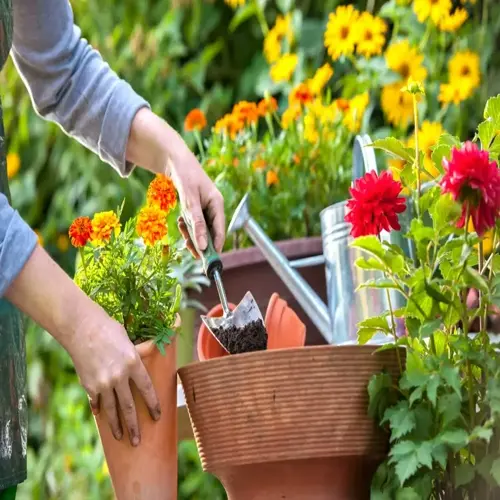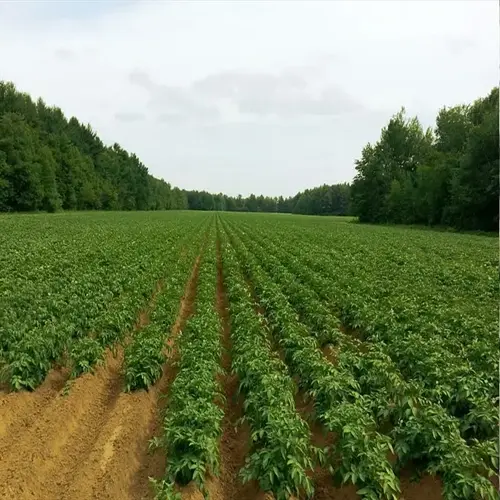How much water do carrots typically need?

Written by
Benjamin Miller
Reviewed by
Prof. Samuel Fitzgerald, Ph.D.To water carrots correctly, you need to understand the different stages of growth and how their needs shift. Consistent moisture is key to keeping carrots from cracking and becoming bitter, while also avoiding excess moisture and rot related to waterlogged soil. I assess water amounts meticulously using rain gauges and soil assessments. Proper irrigation makes the difference between a farm of beautiful, crisp carrots and a truckload of woody carrots.
Moisture Monitoring
- Finger test: Check soil moisture at 3-inch depth
- Rain gauge: Measure natural precipitation accurately
- Tensiometer: Use for precise soil moisture readings
Problem Prevention
- Cracking: Avoid sudden heavy watering after dry spells
- Rot: Ensure soil drains within 4 hours of watering
- Bitterness: Maintain consistent moisture during heat
Efficiency Methods
- Mulching: Apply 2-3 inch straw layer to retain moisture
- Watering time: Irrigate early morning to reduce evaporation
- Soil amendments: Add compost to improve water retention
Accurately measure water using simple tools. Use empty tuna cans throughout your garden to measure irrigation. When they catch 1 inch of water, you have watered enough. This technique avoids under- or over-watering. I check soil moisture every day when germinating seeds and keep it always damp.
Alter watering schemes for differing soil types and weather. Sandy soils typically require more frequent irrigation, whereas clay soils may require less irrigation. Increase irrigation amount (and/or frequency) during heat waves above 85°F. Reduce irrigation amounts during cooler, wet weather. I also keep a garden journal to track rainfall and irrigation, helping me find the perfect balance.
Mulch greatly helps with moisture management. Put 2-3 inches of straw around established plants. This insulating behavior allows plants to retain water more effectively, reducing the need for frequent watering due to poor soil moisture. In July and August, when mulch had to be replaced monthly due to the weather conditions, I observed a 30% decrease in water usage.
Stay vigilant for signs of improper irrigation. Wilting is an indication of under-watering, while yellow leaves are an indicator of over-watering. Forked roots are typically due to uneven moisture. Please correct these issues as soon as possible, adjusting your irrigation schedule if necessary. These observations help improve your scheduling from year to year and season to season.
Read the full article: When to Plant Carrots: Expert Growing Guide

